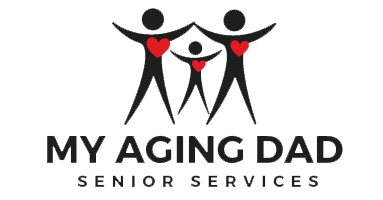"Strength and growth come only through continuous effort and struggle."
Strength training is mental and physical. Inner strength is often waking up every day to work out and having the discipline to follow your workout plan. While inner strength is important (relying on your emotional brain), this post talks about physical strength. Hopefully, for elderly parents and friends, strength can come from continuous effort and not any painful struggle.
Sarcopenia is an age related decline of strength. It is connected to weakness, fatigue and lower energy levels. Often Sarcopenia
derived from the Greek root words
sarx (flesh) and
penia (loss), sarcopenia is defined as a decline in muscle mass, strength, and function. It is often associated with older adults, but some forms of sarcopenia can also affect middle-aged people. Sarcopenia has been connected to weakness; fatigue; lower energy levels; and difficulty standing, walking, and climbing stairs. That said - the right strength training can prevent Sarcopenia.
“You never know how strong you are, until being strong is your only choice."
Some people think you need dumbbells or heavy weights to develop muscle mass. (You don’t). Using your body weight to perform these strength moves is very beneficial as well. Consider the TRX, developed by a Navy Seal to use his bodyweight to maintain and improve his fitness during deployments in remote locations. If you haven’t considered the TRX,
check it out here.
Aging people can develop muscle and strength as well. Remember that your strength training program should be effective, where you can feel and see progress throughout your body. The biggest takeaway from strength training is BE CONSISTENT. Rome was not built in a day. (the same goes for your body.)
A powerful result of strength training is to reduce the risk of falling. It builds muscle mass, maintains bone density and, improves balance and coordination. Here are six great exercises that can be done anywhere to help improve your strength:
The top 7 exercises to improve your strength are:
- squats
- lunges
- planks
- dips
- crunches
- glute bridges
- push ups (against the wall, on your knees, or on your toes if you’re strong enough)
"With the new day comes new strength and new thought.”
Book recommendation by : Steve Donovan
10-Minute Workouts for Seniors 60+: Simple Illustrated Exercises Elderly of Any Level Can Do at Home to Drastically Improve Balance, Strength and ... Plan Included (At-Home Workouts for Seniors)


